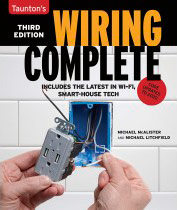Attaching Wires to Devices
Many receptacles and switches have more than one way to connect wires to them, and it's best to choose the safest method over the most convenient one.
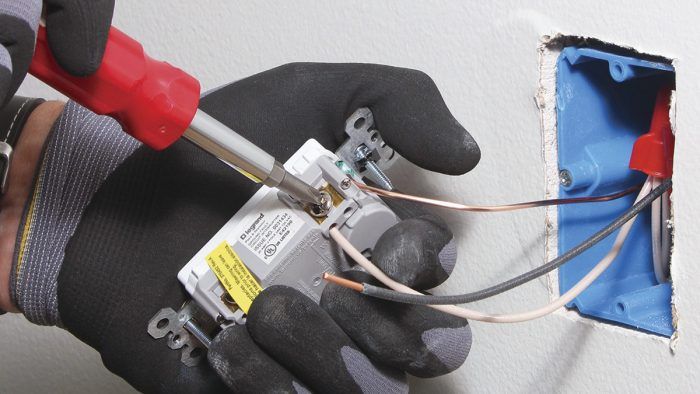
Screw terminals
A common and secure way to attach wires to receptacles or switches is to strip and loop wire ends and tighten them beneath screw terminals on the side of the device. This method takes a bit more time and technique but can be mastered quickly.
Most wire strippers have a small looping hole on the tool face. After stripping a wire end, simply insert it into the looping hole and twist your wrist 180 degrees to create a perfect loop, ready to slip onto a screw. Stripping and looping with one tool also saves time. If you bend the loop correctly—so its opening is just large enough to fit onto a screw shaft—you shouldn’t need pliers to squeeze the loop smaller.
Three tips: As screws tighten clockwise, insert loops in that direction. Second, exert a slight pull on the wire you’re attaching and it will be less likely to slip off as the screw head compresses it. Third, never cross a wire end over itself, which will create a high spot and prevent the screw head from making contact with the whole loop.
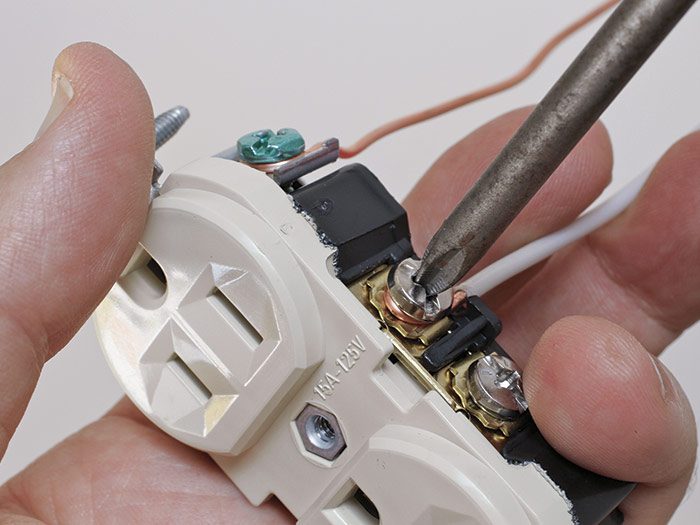
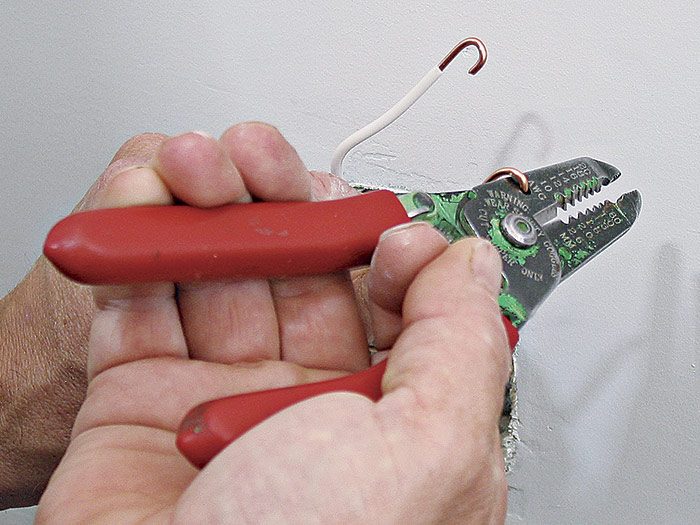
Backstab or push-in devices
Backstab devices, also called spring backwire devices, have holes in the back into which you insert stripped wire ends, which are held by a thin strip of metal inside that acts as a spring clamp. Backstabs are quicker to wire than screw terminals, but cheap backstab receptacles can be problematic. Each time you insert and remove plugs, the receptacles move slightly, which increases the likelihood of clamp failure, leading to loose wires, flickering lights, and arcing.
Back-wired switches, on the other hand, rarely fail because switches aren’t subject to the stresses of inserting and removing plugs. Nonetheless, many pros don’t like backstab switches either because their spring clamps can fatigue and loosen.

High-quality hybrids
Quality devices, such as the spec-grade GFCI receptacle shown in the photo, are reliable. The device is configured so that you can loop wires around its screw terminals or insert wires into holes on the back of the device. Here, back-stabbing is acceptable because instead of thin-metal spring clamps inside, the receptacle has strong internal clamps that are engaged as you tighten down screws on either side of the device to secure the wires. These solid mechanical connections are unlikely to loosen or fail.
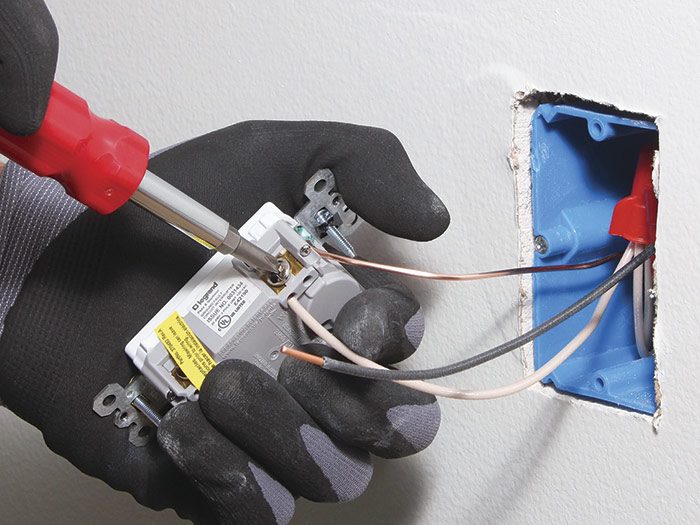
Excerpted from Wiring Complete, 3rd Edition (The Taunton Press, 2017) by Michael Litchfield and Michael McAlister
Available in the Taunton Store and at Amazon.com.

